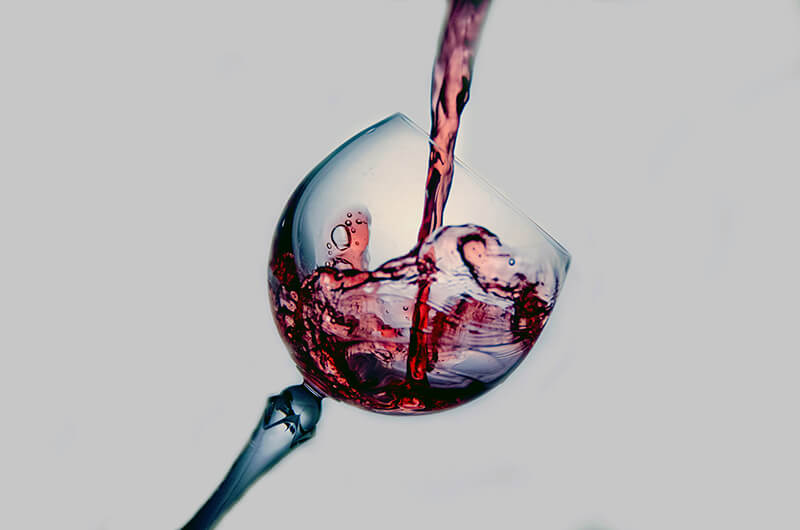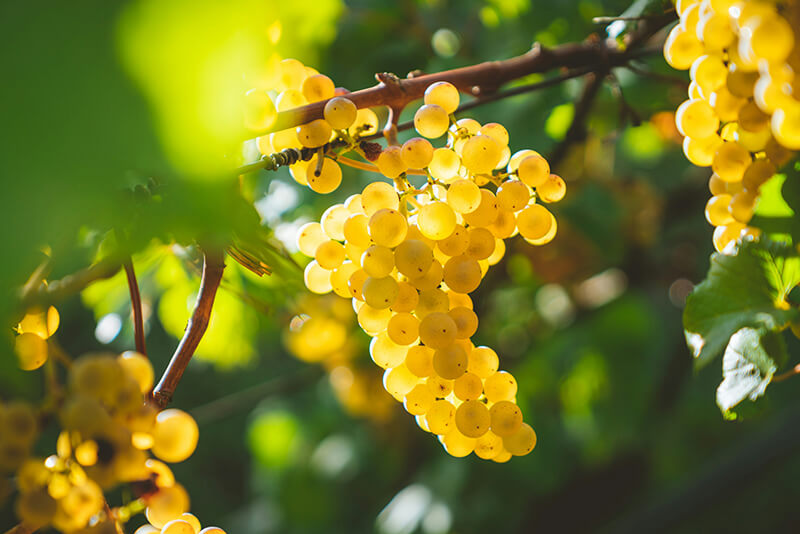What is a high quality wine?

When tasting something we like, especially food or wine, we rarely hesitate in giving our opinion about it. We instinctively say: “It’s so tasty!”, or “This doesn’t taste too good”.
We call it “personal taste”, but the truth is that our taste is highly influenced by official quality standards that determine what the ideas of “good” and “bad” might feel like.
In this blog we’ll explore the different elements of wine quality to understand what makes a good wine actually good. From the environment where the grape has grown to the complexities and aromas that enhance your tasting experience.
Let’s dig in:
Good wines, bad wines... isn’t it all subjective?
Well, yes and no.
As social individuals, we’ve learned that our taste makes us different and unique. Hence why we always express it in subjective terms, that is, from our self perspective: “I like this”, “I dislike that”. From there, we start evaluating people for having a good or bad taste in things.
However, there is something else to consider beyond the categories of “good” and “bad”: the idea of quality. And whereas taste may be subjective, quality standards can be identified, understood and reasonably explained.
Sometimes we hear people saying: “I have no preference, I like everything”. But even in situations when someone with a broad taste needs to choose between 2 different options (like 2 types of wine), there is a reason why their choice coincides with the ones who do have a preference.
The reason? Simply put: quality.
Now let’s dive into the key elements that contribute to affecting wine quality.

The 5 indicators of good quality in wine
When pouring wine into a glass, pay attention to these indicators before jumping into the tasting experience. This will help you to understand the quality level of the wine you’re about to consume.
1. Color
Each type of wine exhibits a specific color that matches with its characteristics. A color tonality might vary depending on the grape variety, the climate, and the amount of direct exposure to sunlight.
Aging also contributes to changing a wine color over time. For example, a young white wine will boast a less intense yellow tone than the richer, more vibrant yellow of an aged one.
2. Aroma
High quality wines exhibit intense primary aromas, that is, floral and fruity notes belonging to the grape variety and the vine, as well as mineral textures.
On the other hand, the smell and taste of wood are bad indicators of wine quality. Wood aroma is meant to balance the primary aromas, not overpower the characteristics of the grape.
3. Deposits
A proof of aging and preservation, wine deposits are a sign of good quality. Although one might think the opposite, these deposits are just the residual yeast that remains in the vessel or in the bottom of the bottle after the fermentation process is completed.
While being a proof of quality, it may be unpleasant to find deposits in the glass after pouring the wine, that’s why decanting is usually a recommended practice in wine tasting.
4. Balance, complexity and depth
A wine that exhibits harmony within its flavors and aromas is definitely a quality one.
Maybe the most logical but also the most difficult goal to achieve, balance in wine is crucial to perceive all its flavors and aromatic complexities. The sensation of harmony in the mouth is a synonym of good quality, and the condition for wanting to have another glass.
The same happens with depth and complexity, revealing different layers of flavors that add new nuances in the wine. For instance, after swirling the wine for the first time, many aromas are released in contact with the air, allowing the flavors to evolve while enhancing a tasting experience.
5. Finish and aftertaste
When the aromas and flavors of a wine persist in the mouth after the first sip, we can say that this wine has a persistent or long finish. In that sense, the longer the persistence, the higher the quality of the wine will be.
High quality wines exhibit a longer finish by default. Primary aromas and flavors linger for a while, giving way to secondary and tertiary aromas that enrich the overall wine bouquet.

The 3 factors affecting wine quality
After covering the main indicators affecting wine quality in the tasting experience, let’s briefly talk about three factors that have an important role in determining such quality:
1. Environment, climate and terroir
Climate and weather are essential factors for the growing process of a grape, affecting its ripeness, juiciness and acidity. For instance, grapes grown in warmer climates will have more sugar and tannic content than those grown in cooler climates, with higher acidity but lower tannins.
A land’s geology and terroir also play an important role in determining the quality of a grape. For example, the rocky slate soils of D.O.Q. Priorat region in Catalonia will produce more alcoholic, full bodied wines than the clay soils of coastal regions like D.O. Alella or D.O. Empordà.
2. Harvest and growing practices
In addition to the environment, harvest and production methods are other important factors to take into account when considering the quality of a wine.
While mechanized harvesting may be faster and more efficient, it can’t ensure that only the best grapes are selected as the hand-picking does. The harvesting season also plays a crucial role in the quality of a grape, contributing to its ripening stage, as well as defining the vintage of the wine.
Moreover, sustainable production methods such as organic and biodynamic farming are key to minimize the impact of pesticides and chemical fertilizers on the grapes during the growing season.
3. Vinification and aging process
The vinification process will also have a direct impact on the complexity of the resulting wine, boasting its flavor compounds and aromas depending on the added yeasts, the fermentation type, and its temperature.
Even more, whether a wine has evolved in an aging vessel for a certain time plays an important factor in developing its final bouquet. For instance, wines aged in oak will boast more nutty aromas, whereas those aged in stainless tanks or concrete vessels will develop more floral or fruity ones.

Final thoughts
Now that you know what it takes for a wine to be actually good, it’s time to ask yourself one last question: is it worth it?
Well, that ultimately depends on you: If you consider wine as just another beverage to socialize with, its quality might not be a defining factor when purchasing one. However, if you appreciate the complexities and work that lays behind each bottle, a good quality wine it’s definitely of great value.
At Raim Catalan Wines we specialize in Cava and still wines from Catalonia, a stunning Mediterranean region in northeastern Spain. Wines from small family-owned wineries with decades of experience in the art of winemaking.
Shop high quality wines today and discover the Mediterranean flavor at its best!
Article by Raim Catalan Wines © ALL RIGHTS RESERVED.
